Researchers from the Cluster of Excellence program CLICCS (Climate, Climatic Change and Society) have assessed the possibility of limiting global warming to 1.5°C higher than preindustrial levels. They find that social and natural-world trends make achieving that goal unlikely. They analyze climate threats, including deforestation and melting ice sheets, and offer detailed analyses of trends in fossil-fuel divestment, consumption and climate protests. CLICCS offers steps to limit warming to below 2°C, an achievable goal.
Nations will not meet the Paris Agreement temperature targets.
The nations participating in the 2015 meeting of the UN’s Conference of the Parties (COP21) on climate change proposed limiting further average global warming to less than 2°C [3.6°F] higher than preindustrial temperatures, in the Paris Agreement plan. It also established an aspirational target of less than 1.5°C [2.7°F] of warming.
The 2023 Hamburg Climate Futures Outlook report evaluated the “plausibility” of reaching the Paris Agreement’s temperature goals by analyzing 10 “social drivers” of decarbonization, such as climate litigation, fossil-fuel divestment and protest movements. The report’s researchers analyzed “physical processes” that associate with climate change – including, for example, permafrost thawing and other phenomena.
Meeting the Paris Agreement’s temperature targets depends on achieving worldwide “deep decarbonization” – net-zero carbon emissions – by 2050. Although most social drivers support some decarbonization, they do not support deep decarbonization.
The report assesses physical processes, all with varying impacts – from...
Researchers from an array of fields at the Cluster of Excellence CLICCS (Climate, Climatic Change and Society) study the relationships between climate and society. Universität Hamburg’s Center for Earth System Research and Sustainability (CEN) coordinates the CLICCS program in conjunction with partner institutions.









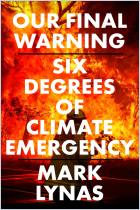
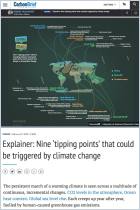
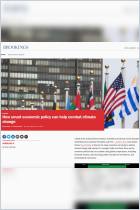

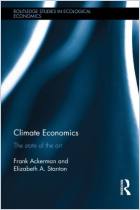
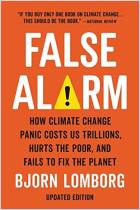




Comment on this summary